In June 2024, I had the privilege of summiting Mt Kilimanjaro. It was an intense, wonderful journey and I learned a lot about myself including how I should have prepared for such an extreme camping trip! If you are thinking about climbing Mt Kilimanjaro, read on for some things that might help you prep for the trip physically, and in some cases mentally.
1. It gets really cold at night, which can disrupt your much needed sleep.
This should be obvious, given the altitude, but I don’t remember many of the blogs I read in preparation for my trip calling this out specifically. The first night, temperatures dropped down to low-to-mid 30’sF (1C) and only got progressively colder with each night. One of my group mates almost quit and went back down the mountain after her first night. We found some workarounds and all of us braved the cold by incorporating the following tricks into our nighttime routine:
- Wear warm pajamas! I wore a pair of thick, fleece leggings from North Face that did the trick most nights. (not sponsored, I just really liked them!)
- Ask for hot water to fill your Nalgene bottle from the first night. Chuck it into your sleeping bag before you get in for a cozy experience.
- Note: there is a limit on how much water the porters can bring to Barafu base camp since there aren’t any nearby sources of water, so a hot water bottle may not be possible for them to provide just for that summit night. In that scenario you can use hand warmers – put them in the pockets of a sweatshirt or leggings to warm things up.
- Each night, add the clothes and you want to wear the next day into your sleeping bag. This does two things:
- It’s an extra layer of warmth.
- Your clothes aren’t ice cold when you put them on in the morning.
- My winter jacket spread over my legs was another cozy addition that kept my legs nice and warm each night.
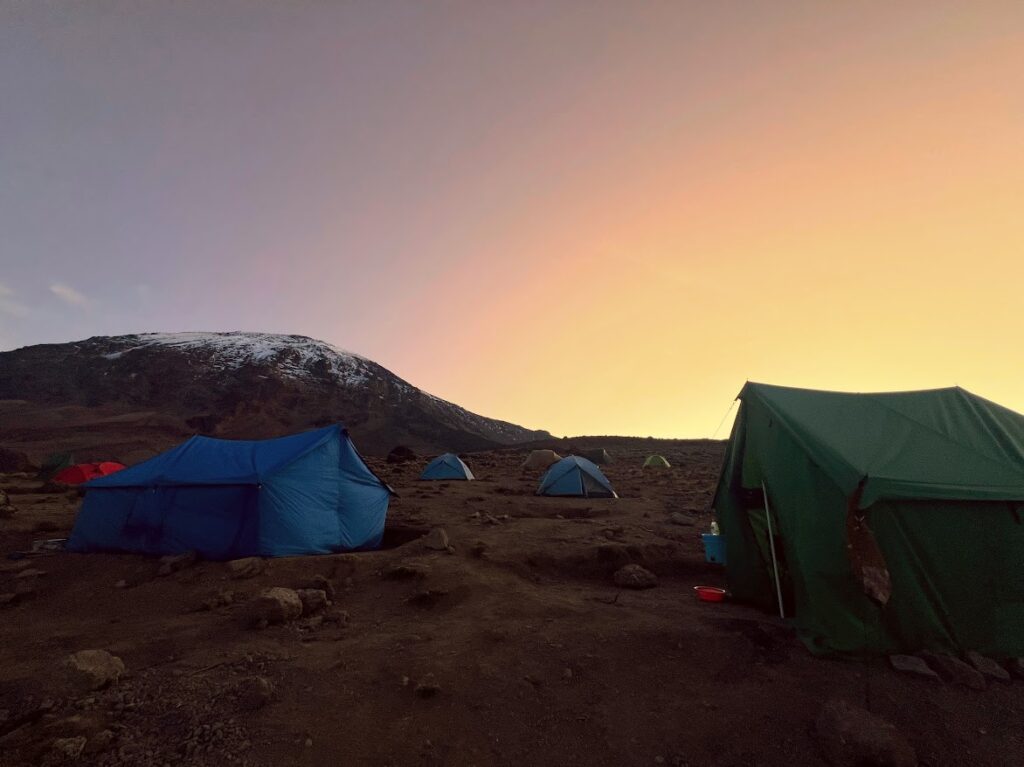
Karanga camp – notice the snow on the peak behind the camp! Yes, it was cold!
2. Cold/flu is pretty rampant on the mountain.
I would know – I woke up with the flu on day 1. There is nothing worse than waking up with the flu on the day you are set to embark on this 6-7 day hiking journey. Aside from chills, runny nose, and headache, my Oura ring let me know that my temperature was elevated and I should take it easy (lol). Unfortunately, that just wasn’t an option for me. I hadn’t packed any cold/flu meds, but fortunately, I was able to purchase some cold/flu over the counter medicine at a local pharmacy. It sorted me out well enough that I was able to push through my discomfort and continue on my journey.
With that being said, I should also note that towards the end of the week on or around summit night, I then caught a cough just as I was getting over my previous illness. I along with about half the team I was climbing with were infected with this cough and you could hear all of us hacking away as we shuffled up Kili. Look, it makes sense, you’re traveling through a multitude of airports, coming into contact with a lot of travelers, and end up in a camping scenario where everyone is in close proximity.
So, here’s what I did instead of canceling my trip that first day:
- We were able to stop at a pharmacy on our way to Machame gate so I could pick up some over the counter cold/flu medicine. Always consult your doctor before taking medicine, even OTC. This is especially critical if you are also taking meds like diamox to assist in your altitude adjustment-no one wants an awkward drug interaction to occur while you are in the middle of a mountain. To avoid this situation, pack your preferred cold/flu meds that you like to use and that have been blessed by your doctor.
- I took a toilet paper roll from the hotel so I’d have plenty of material to blow my nose. I wish I had had a more sustainable and practical solution. I then had to keep all my used paper until we found a spot to toss it, remember whatever you bring in, must also be brought off the mountain.
- I kept a Buff on over my nose and mouth to keep my germs away from my travel companions, and it worked, no one else reported experiencing my symptoms. (I’m not sponsored by Buff, I just really like their products. There are cheaper alternatives to Buff that can be found online).
- I had already brought throat lozenges for summit night and now I am doubly glad I had these stashed away for the trip.
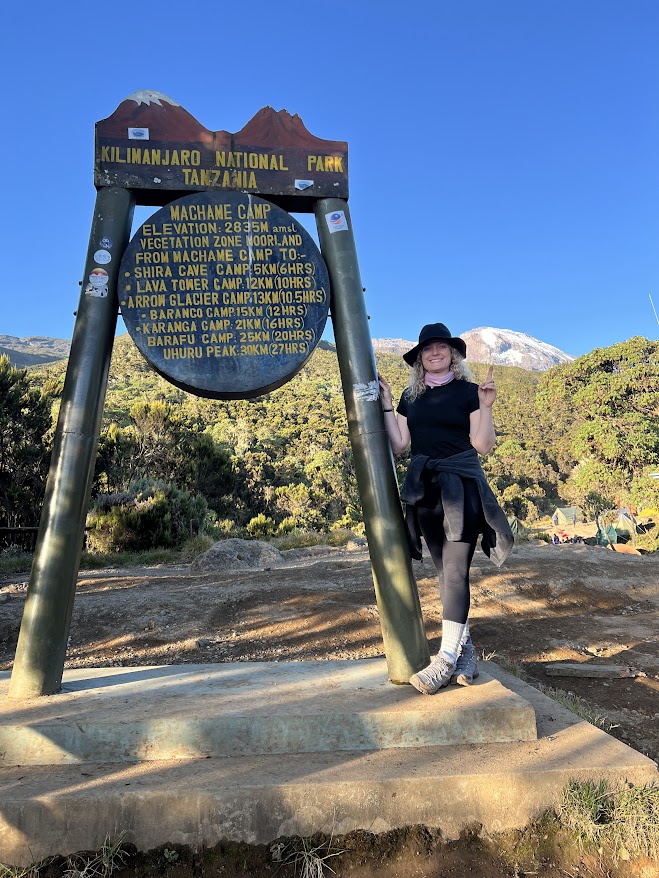
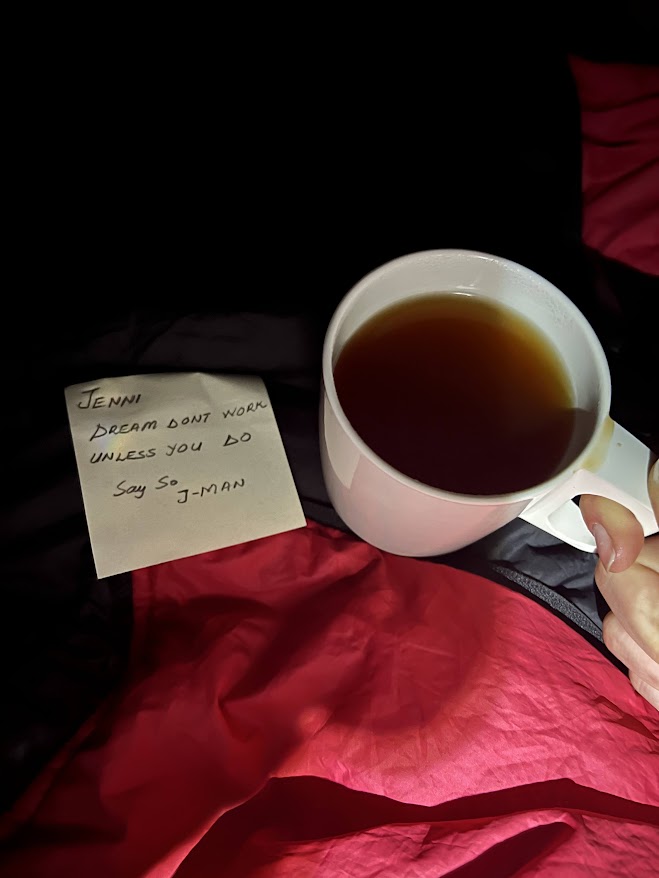
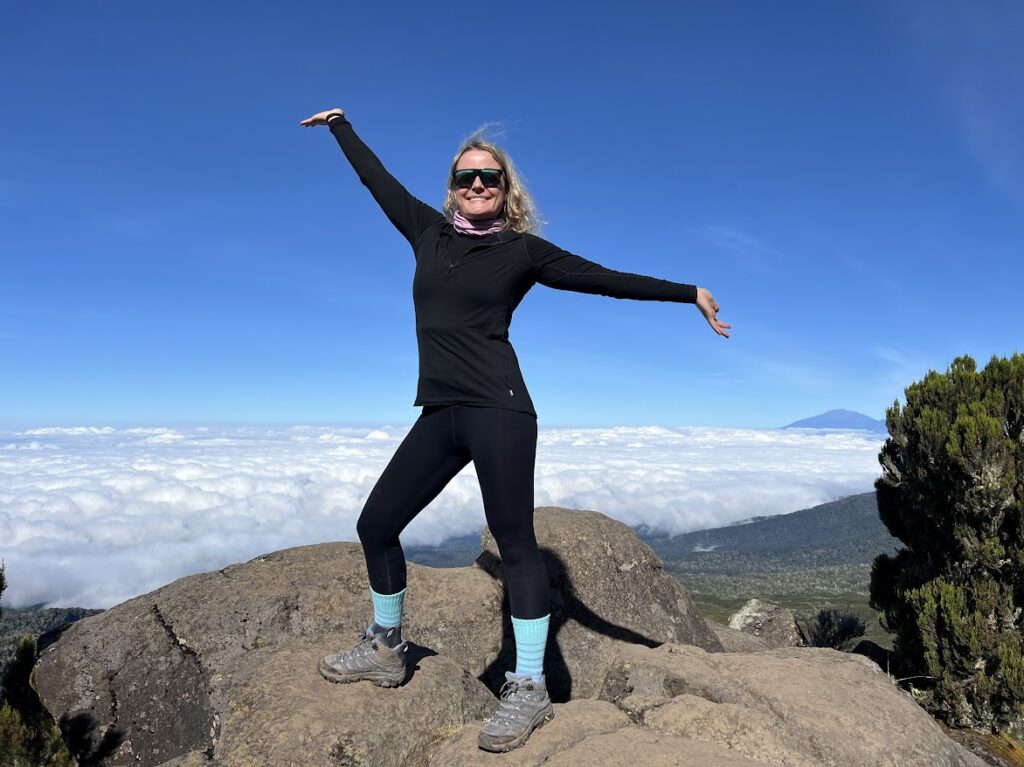
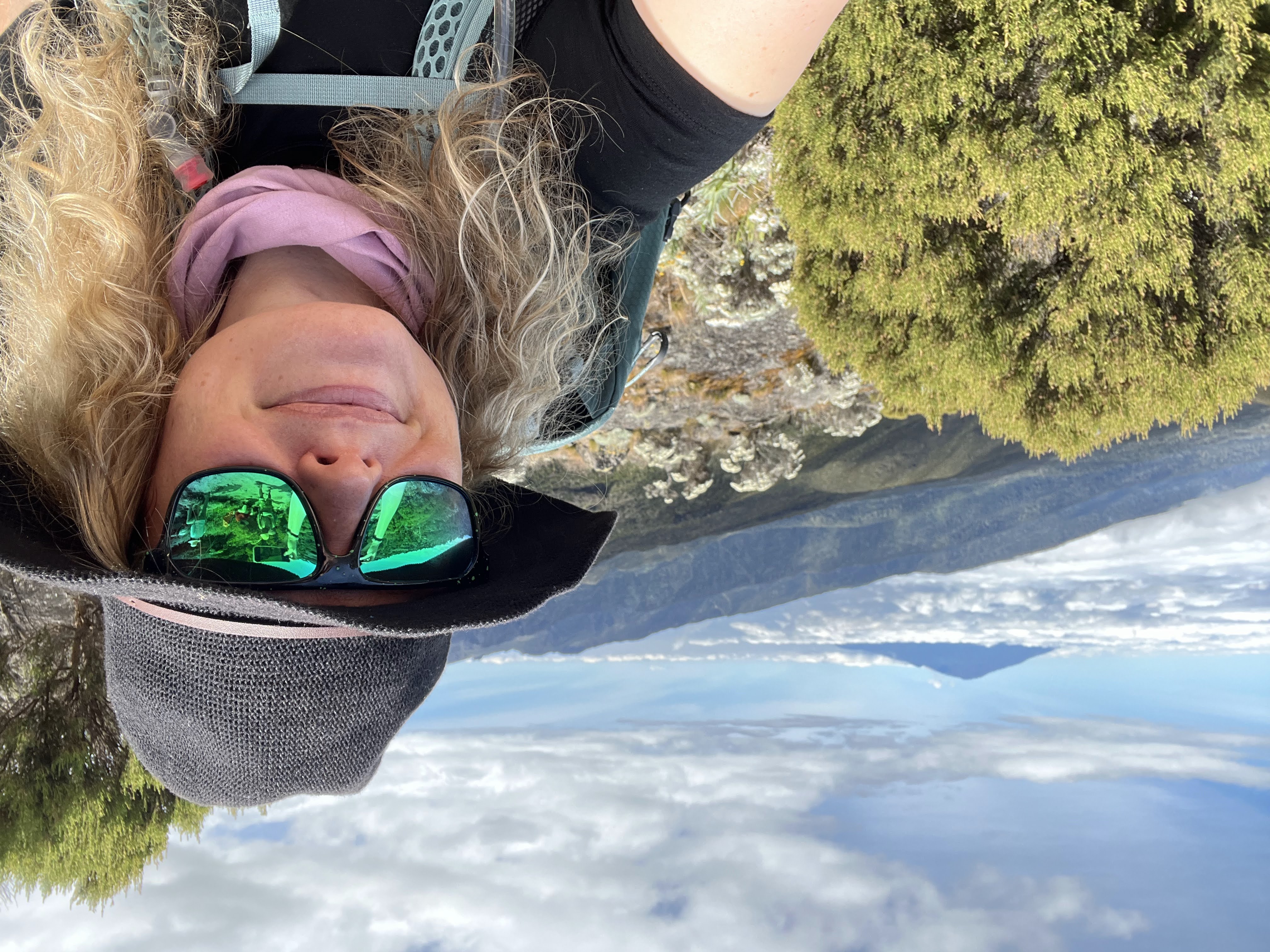
3. If your nails are long there is a chance they will break or tear. Also – you should re-think the gel/SNS.
- Kilimanjaro is mostly just walking, but there are a few areas where things get rocky (i.e. Barranco wall). Keeping your nails trim means they won’t rip the first time you grip a rock to boost yourself up over a ledge. Which is what happened to me – Zero out of ten I do not recommend. Bring clippers or a nail file just in case!
- Another important note: every day we had our blood oxygen measurement taken as part of the safety protocols. According to our guide, having gel or SNS nail polish can interfere with the blood oxygen readings. There are ways around it if you do have nail polish on, but it’s just not something I would have wanted to worry about while focusing on my climb.
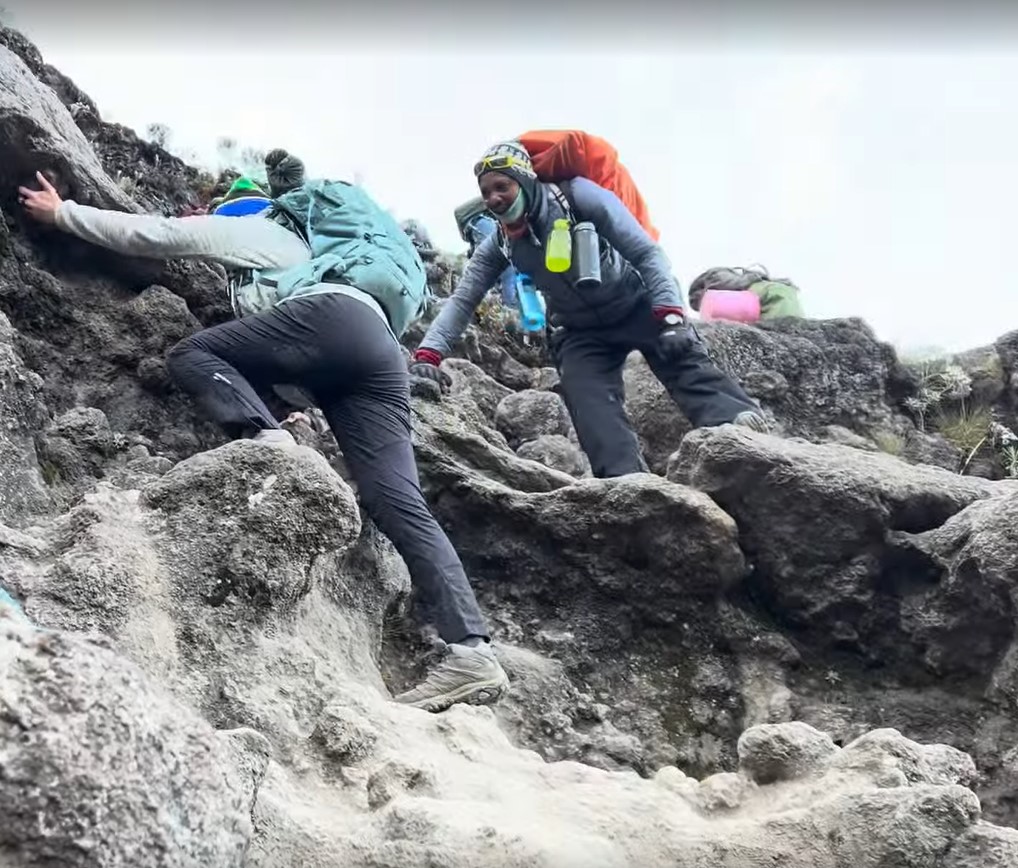
4. Your friends may abandon you during parts of the trek.
Okay, that may be a little a dramatic, and this one didn’t actually happen to me, but I did observe this on the trail with two different groups-one a group of men and the other group a pair of women. In both groups all were clearly friends with one another, one member of the group was moving more slowly and cautiously than the other(s). Friends became impatient and they separated, meeting up each night at their camp. I can’t imagine traveling thousands of miles with a friend to do this epic trip only for my friend to leave without me each day. Personally, I would have been upset if this had been me.
In my case, I did travel solo and joined two other solo travelers as part of the Intrepid group and we were all incredibly supportive of one another. Part of the fun was going through all the hard parts together, laughing when we fell down, giving each other encouraging words, helping each other get up again-especially on summit night. If you are taking a hiking trip with someone else, make sure you test the waters by hiking with that person on a day hike or at least talk about how you would handle this situation so you can set expectations with each other.
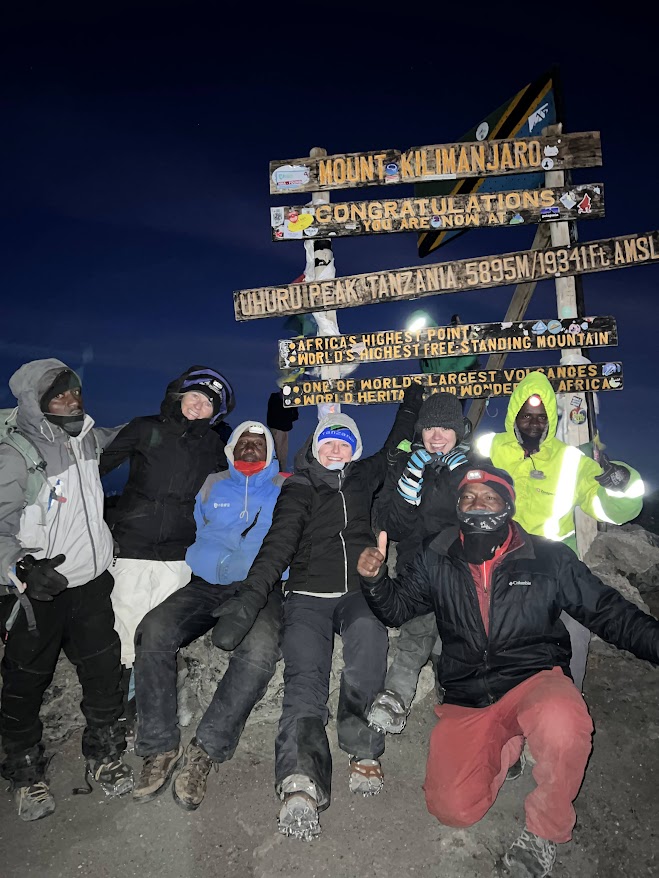
There you have it: these are my top unique tips that could mean the difference between a good trip and a great one-or at least a comfortable trip. Let me know in the comments if you would add anything else to the list. Best of luck on your journey!
